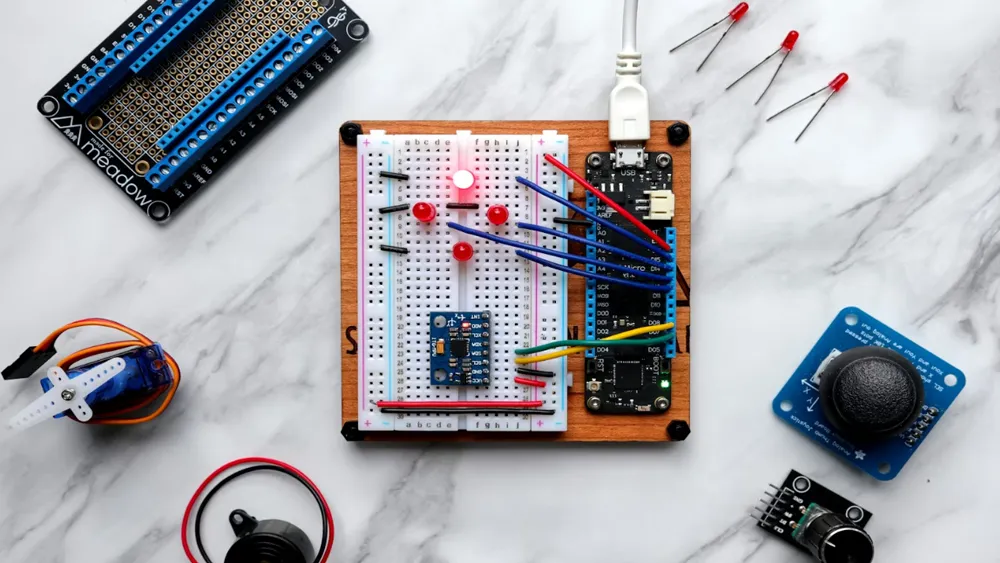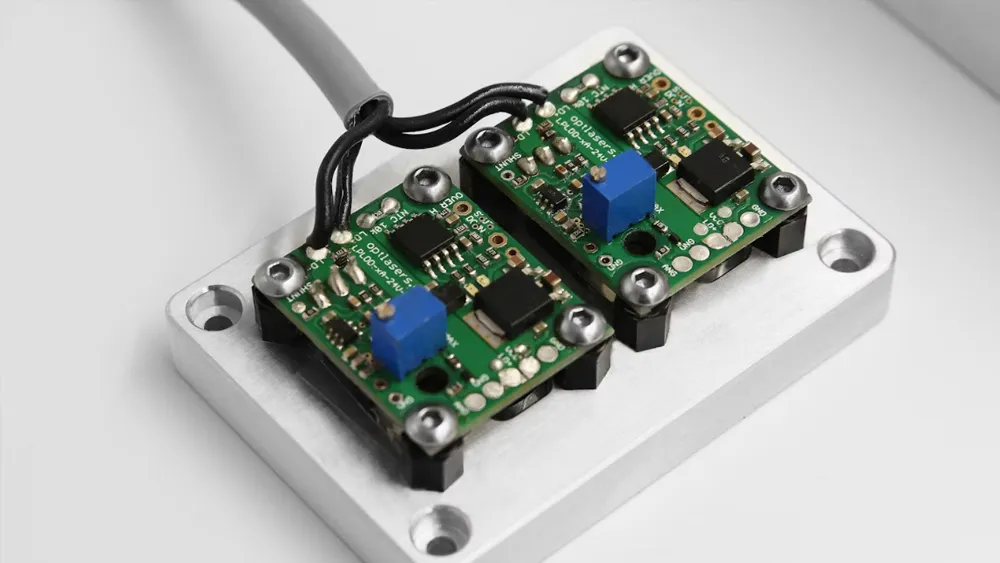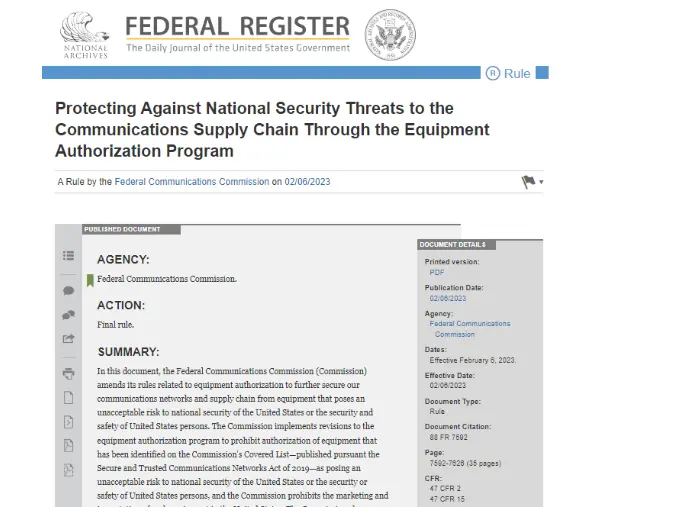
What is the EU Electrical CE-EMC Test?
Currently, any poweRED product intended for sale on European platforms such as Amazon or SHEIN must pass the EU CE-EMC test and bear the CE mark on both the product and its outer packaging.
I. Introduction to the CE-EMC Test
The CE-EMC test is a complianCE certification for determining whether electrical and electronic equipment meets the electromagnetic compatibility (EMC) requirements of the European Union.
Electromagnetic compatibility (EMC) refers to a device’s ability to function properly in its electromagnetic environment without generating or being affected by unacceptable electromagnetic interference.
The EU EMC Directive (Directive 2014/30/EU)applies to all equipment placed on the market or supplied. Equipment is categorized as either an “apparatus” or a “fixed installation,” each with its own provisions:
1. Apparatus: Finished appliances or combinations sold as a single functional unit that may generate or be affected by electromagnetic disturbances.
2. Fixed installation: A combination of various apparatus and other devices assembled at a predefined location and intended for permanent use.
The EU EMC Directive does not applyto:
1. Equipment without electrical and/or electronic components
2. Equipment covered by the eu red directive
3. Aviation products
4. Amateur radio equipment (unless specifically exempted)
5. Equipment where EMC requirements are more specifically addressed by other EU legislation
6. Equipment that inherently poses no electromagnetic compatibility risk
II. CE-EMC Test Items
The CE-EMC test mainly includes two parts: EMI (Electromagnetic Interference)and EMS (Electromagnetic Susceptibility).
1. EMIrefers to the electromagnetic noise generated by a device during operation that may interfere with other systems.
2. EMSrefers to the device's ability to withstand electromagnetic interference from the surrounding environment.
EMI (Electromagnetic Interference)
1. RE (Radiated Emission): Radiated disturbances
2. CE (Conducted Emission): Conducted disturbances
3. Radiated Electromagnetic Disturbances
4. Disturbance Power
5. Clicker Noise
EMS (Electromagnetic Susceptibility)
1. RS (Radiated Susceptibility): Radiated immunity
2. CS (Conducted Susceptibility): Conducted immunity
3. ESD (Electrostatic Discharge)
4. EFT (Electrical Fast Transient Burst)
5. SURGE: Lightning surge immunity
6. DIPS: Voltage dips, short interruptions, and voltage variation immunity test
7. PFMF: Power frequency magnetic field immunity
III. CE-emc testing Standards
The CE-EMC testing follows these standards:
1. EN 55011: Measurement methods and limits for RF disturbances of industrial, scientific, and medical RF equipment
2. en 55032: EMC emission requirements for mULtimedia equipment
3. EN 55035: EMC immunity requirements for IT equipment, multimedia devices, and receivers
4. EN IEC 55015: Measurement methods and limits for RF disturbances from lighting products
5. EN IEC 61547: Immunity of lighting equipment
6. EN IEC 55014-1: EMC emission requirements for household appliances, power tools, and similar devices
7. EN IEC 55014-2: EMC immunity requirements for household appliances, power tools, and similar devices
Generic Standards – Residential Use
1. EN IEC 61000-6-3: Emission standard for residential environments
2. EN IEC 61000-6-1: Immunity standard for residential, commercial, and light industrial environments
Generic Standards – Industrial Use
1. EN IEC 61000-6-4: Emission standard for industrial environments
2. EN IEC 61000-6-2: Immunity standard for industrial environments
IV. CE-EMC Application Process
1. Determine Product Scope: Identify the applicable EMC directive and standards based on the product type.
2. Select Test Standards: Determine which EMC standards the product must comply with.
3. Choose a Testing Lab: Select a qualified third-party testing laboratory.
4. Submit Samples and Documentation: Provide product samples and technical documents such as circuit diagrams, manuals, etc., for evaluation.
5. Conduct Testing: The testing lab will carry out emissions and immunity tests according to the applicable standards.
6. Receive Test Report: Once the product passes, the lab will issue an EMC test report.
7. ce marking: After obtaining emc certification, the company can affix the CE mark to the product and prepare the Declaration of Conformity (DoC).
Email:hello@jjrlab.com
Write your message here and send it to us
 What are ASTM F963 and CPSIA?
What are ASTM F963 and CPSIA?
 Comparison of ASTM F963 and EN 71
Comparison of ASTM F963 and EN 71
 How to get CSA C22.2 NO.256:14 Test Report?
How to get CSA C22.2 NO.256:14 Test Report?
 How much is the ISTA Amazon Packaging & Shippi
How much is the ISTA Amazon Packaging & Shippi
 Amazon Product Laboratory Testing Requirements
Amazon Product Laboratory Testing Requirements
 How to Get EPA Certificatio
How to Get EPA Certificatio
 What is EPA Certification in the United States?
What is EPA Certification in the United States?
 What is an FCC Registered Agent?
What is an FCC Registered Agent?
Leave us a message
24-hour online customer service at any time to respond, so that you worry!




